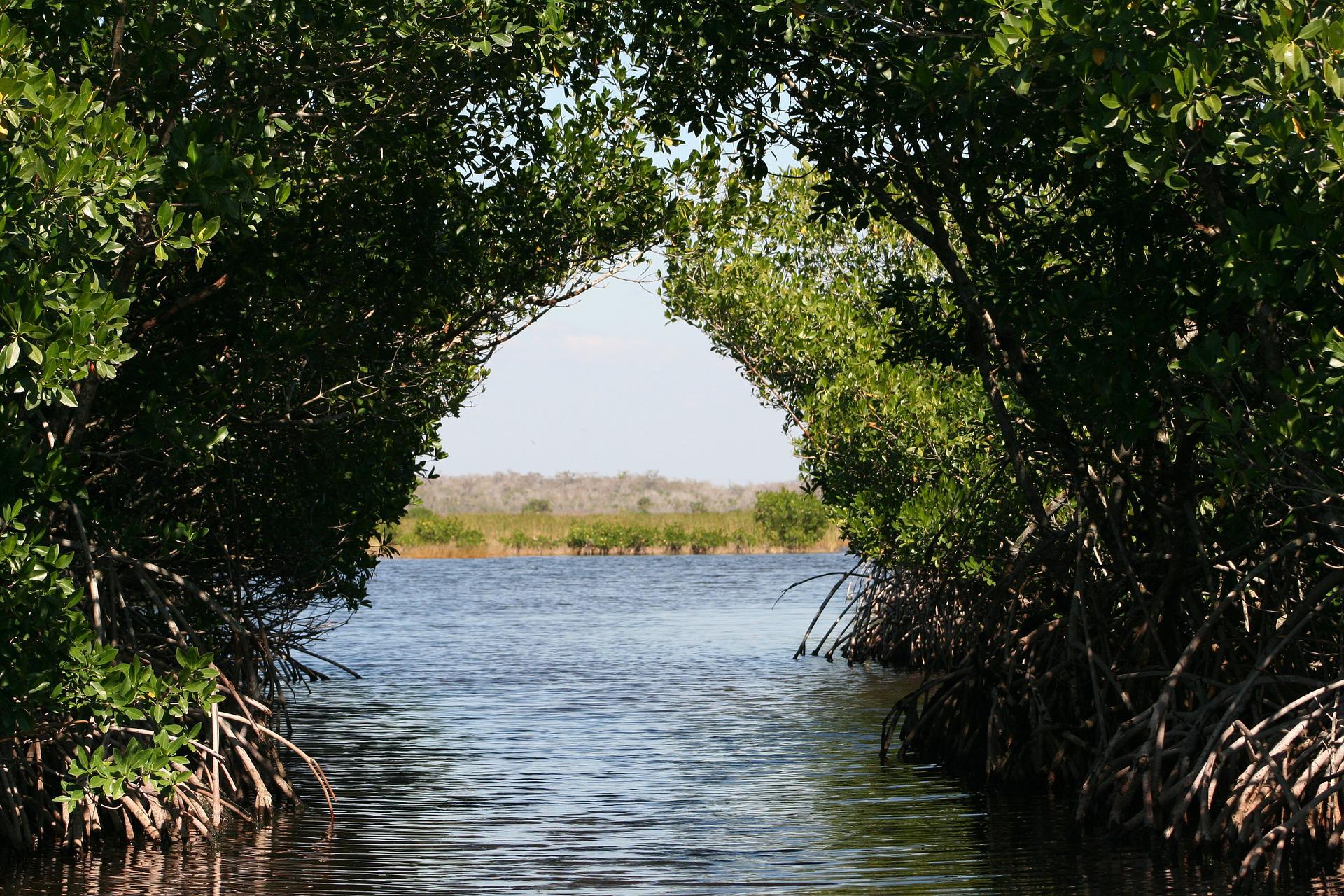
🌿 The mangrove forests are doing better than expected
The felling of mangrove forests has sharply decreased.
Share this story!
Mangrove forests grow between land and sea along tropical and subtropical coasts and are important both for biodiversity and for protection against storms.
These mangrove forests have been among the most threatened environments in the world, but a new study shows what is hopefully a trend breaker, World at Large reports.
Between 1996–2010 we lost 317 square kilometers of mangrove forest every year, but by 2010–2020 that figure had dropped to 66 square kilometers per year. A reduction of 79 percent. A new analysis also shows that there are more mangrove forests in the world than scientists previously thought.
One reason why the forests are doing better now is that they have received more protection. 42 percent of all mangrove forests today have some form of protection that prevents them from being felled. Another contributing factor is that there are many projects where mangrove trees are replanted in places where they were previously cut down.
In Senegal, for example, 80 million mangrove trees have been replanted. In China, four million mangrove trees have been planted and Indonesia has plans to plant mangrove trees on as much as 6,000 square kilometers.
It is also profitable to preserve or replant mangroves. The Global Mangrove Alliance, which is behind the study, has calculated that the protection that mangrove forests provide against storms and tsunamis has saved values worth $65 billion for the communities located near the forests.

By becoming a premium supporter, you help in the creation and sharing of fact-based optimistic news all over the world.



